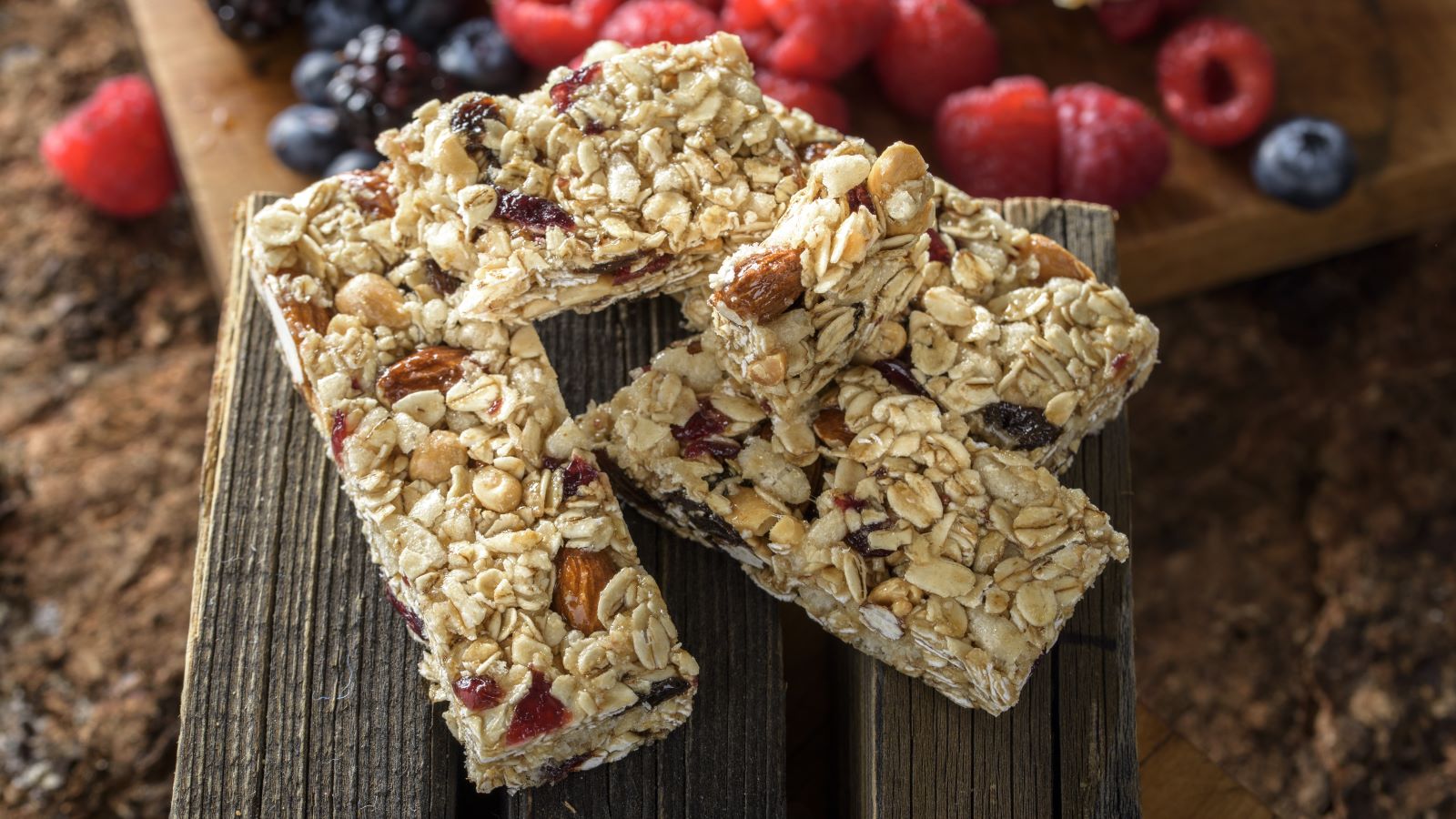Eating well is one of the best ways to manage type 2 diabetes — but figuring out what to put on your plate can be overwhelming.
Luckily, a few practical strategies can help take the guesswork out of mealtime.
To make things easier, we turned to Alice Sekhar, RD, a registered dietitian with Hartford HealthCare. She shares a simple formula for balanced meals, six foods to avoid if you have diabetes, and expert tips for eating well without sacrificing flavor.
Find a doctor near me
Book my appointmentFocus on these 4 food groups.
The right foods don’t just fuel your body—they can make you feel your best.
“These choices are especially important when you’re managing diabetes,” says Sekhar. “Fortunately, simple guidelines can help keep you on track.”
Here are the pillars to focus on:
- Protein: Aim for 5 grams or more per serving.
- Fiber: Look for 4 grams or more per serving.
- Low in added sugar: Check labels and stick to 5 grams or less.
- Plenty of vegetables: Load up on a variety of colorful options.
“On the other hand, try to limit foods high in sugar, low in fiber or those that don’t offer much nutrition,” Sekhar adds.
> Related: 6 Steps to Creating a Diabetes Friendly Diet
6 foods to avoid if you have diabetes
When it comes to managing diabetes, some foods make it harder to keep blood sugar in check — even ones that seem healthy at first glance.
From hidden sugars to fast-digesting carbs, here are six foods to reconsider and smart swaps to try instead.
1. Candy.
Candy has a lot of simple sugars—and not much else.
“Without protein or fat to slow it down, the sugar is absorbed quickly,” explains Sekhar. “This leads to a rapid spike in blood sugar.”
2. Granola bars.
Granola bars may masquerade as a health food, but they’re usually high in carbohydrates and low in protein.
“The simple sugars used to flavor granola bars often outweigh the small amount of fiber from the oats,” says Sekhar. “Choose a more nutritious snack instead.”
> Related: 10 Dietitian-Approved Snacks for Diabetes
3. Breakfast cereal.
While most breakfast cereals have a lot of carbohydrates and added sugar, the fiber is usually missing.
“But if cereal is your morning staple, read the label carefully,” says Sekhar. “Choose one with at least 4 grams of fiber per serving to make it a better option.”
4. Rice.
Rice is a fast-digesting carbohydrate that can spike blood sugar.
“To keep it in check, stick to a small serving—about 1/3 cup cooked,” says Sekhar. “Start your meal with protein and non-starchy vegetables like broccoli, cauliflower, Brussels sprouts, asparagus or leafy greens, and save the rice for last.”
5. Corn, peas and potatoes.
These “starchy vegetables” should be treated like carbohydrates.
“Like rice, keep the serving size small—about 1/3 to 1/2 cup cooked—and start your meal with protein and non-starchy vegetables first,” says Sekhar.
6. Fried foods with sweet sauces.
If you love General Tso’s chicken, sweet and sour pork or chicken nuggets with dipping sauce, it might be time to rethink your go-to.
“These foods can quickly raise blood sugar because of the sweet sauce, and the high-fat content in fried meats may cause a second spike by prolonging the release of sugar into the blood,” says Sekhar.
Salads with fried protein aren’t off the hook either. “Many dressings (i.e., French, honey mustard, raspberry or poppy seed) also have added sugars,” she says.
> Related: 3 Foods to Eat (and 3 to Avoid) If You Have Diabetes
Your dietitian can help.
When building a balanced plate, fill half with non-starchy vegetables and limit carbohydrates to one-quarter.
“Pair foods higher in sugar or carbs with a protein source—like adding cheese to crackers or a handful of nuts with raisins,” says Sekhar. “Protein helps slow sugar absorption and reduces the size of the blood sugar spike.”
But managing diabetes isn’t about saying goodbye to the foods you love.
“Cutting out foods can lead to overeating or a deprivation-binge cycle,” Sekhar explains. “Instead, focus on adding healthy options into your diet rather than just removing foods. Your dietitian can help you create a plan you’ll love and stick with.”


